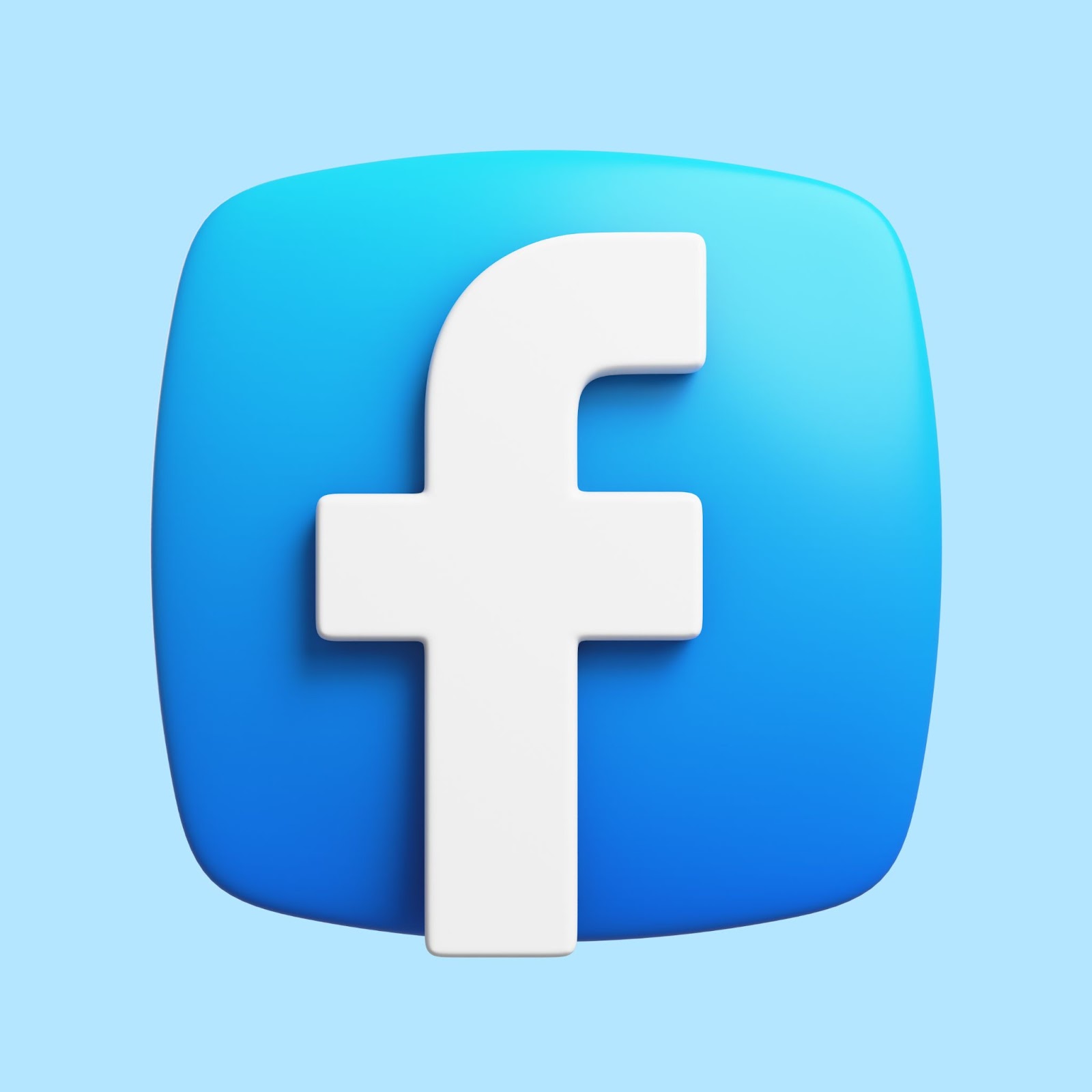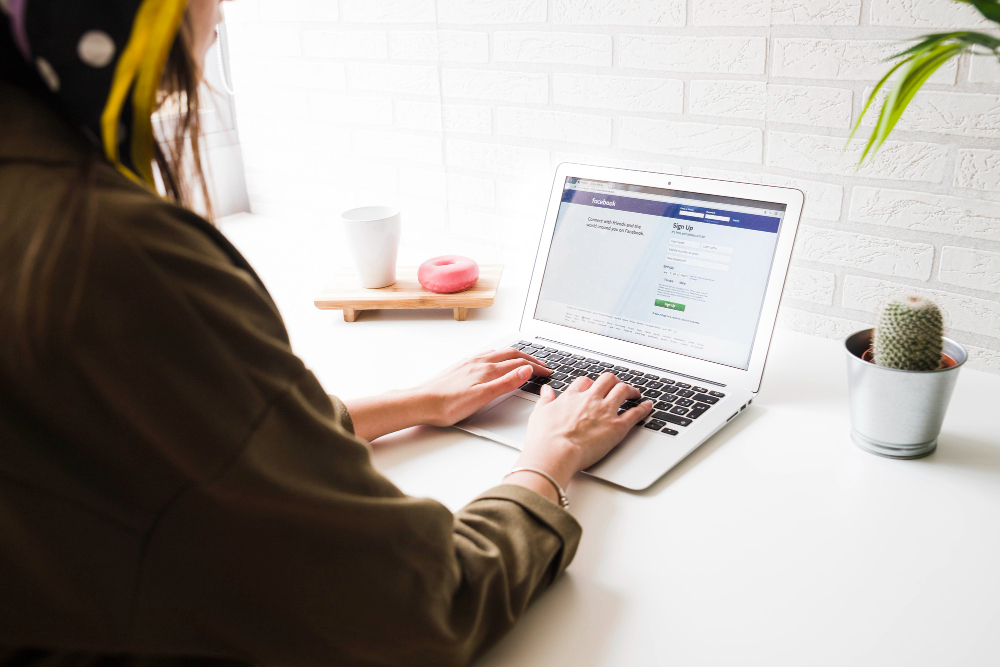Scaling Facebook Ad Campaigns: From $50 to $5,000/day Without Killing Your ROAS
Scaling Facebook ads is a combination of art, science, and algorithm. You begin small, with a $20 or $50 daily budget, and get good returns. And then comes the question, "How do I scale without sacrificing my return on ad spend (ROAS)?" If you've ever attempted to scale up ad spend and witnessed results collapse, you're not alone.
I've worked with businesses that blew through thousands of dollars prior to realizing what was working. The good news is that you can dramatically boost your Facebook ad budget by using a well-designed system for scaling Facebook ads without sacrificing performance.
So let's dive in.

What’s meant by scaling Facebook ads?
Scaling Facebook ads is a process of ramping up your budget while holding (or enhancing) performance.
There are two ways to do it:
- Vertical Scaling: Scale the budget on successful ad sets.
- Horizontal Scaling: Copy ad sets and vary audiences, creatives, or placements.
A good Facebook ad scale strategy is the one that is perfect for “your” needs, because one is not better than the other. Both have their time. Vertical scaling is faster but dangerous. Horizontal scaling is safer but slower. Here’s how you can effectively increase your Facebook ad budget and frequency.
1. Get the Foundation Right First
Don't consider scaling Facebook ads until your account is in good shape. Ask yourself:
- Are you pixel tracking correctly?
- Are your conversions confirmed events?
- Do you have multiple tested creatives?
- Are you profitable at the current ROAS?
If your answer is “yes” to these, you’re ready to scale.
I once scaled a client from $100/day to $1,000/day in a week, but only because their product page was already converting at 5%.
2. Vertical Scaling? Do It Gradually
Many advertisers fail because they double or triple their budgets overnight. The Facebook algorithm gets disrupted, and the ad set exits its learning phase. Best Practices:
- Increase budgets by 10–20% every 2–3 days.
- Track ROAS and cost-per-result daily.
- Utilize Campaign Budget Optimization (CBO) to allow Facebook to allocate budget intelligently.
Example:
If your ad set is performing profitably at $100/day, boost it to $120. Observe performance. If ROAS remains stable or improves, proceed.
3. Horizontal Scaling? Diversify for Stability
In case vertical scaling reaches a plateau or is unstable, it's time to go horizontal.
How?
- Launch new ad sets targeting lookalike audiences (LAL 1%, 3%, 5%).
- Test new creatives (images, videos, carousels).
- Try placements (Instagram, Stories, Reels, Audience Network).
Suppose your top-performing ad is going after a 1% LAL of purchase events. You can copy it and proceed after a 1% LAL of add-to-cart conversions. This builds new learning paths.
4. Leverage Rules and Automation
Facebook Ads Manager allows you to create baseline scaling rules. For instance:
- If ROAS is > 3, the budget increases by 15%.
- If cost-per-purchase > ₹500, stop the ad set.
Automation eliminates emotion and guesswork from decisions.
5. Be cautious of audience fatigue
At scale, particularly on larger budgets, audience fatigue sets in. This is where individuals have viewed your ad far too frequently, resulting in decreased interaction and increased expenditure. Indications of fatigue:
- CTR decreases
- Frequency > 3
- Cost per result increases.
Remedy it by:
- Refreshing creatives every week
- Growing audience pools
- Testing broad targeting (yes, broad works!)
I had a client advertising to a highly niche audience. We experienced a performance decline after 2 weeks because the frequency reached 4. A fresh creative restored the campaign.
6. Test, Learn, and Adapt
Scaling is an always-on testing game.
- Test new creatives every week.
- Rotate offers (BOGO, free shipping, limited time)
- Funnel drop-off analysis (clicks but no conversions?)
Small changes can result in big results.
7. The 80/20 Scaling Principle
This one's significant: 80% of your outcome will probably result from 20% of your ads.
Monitor high-performing pairs:
- What creative + copy combination is converting?
- What audience provides the best ROAS?
Double down on winners. Stop what doesn't.
8. Keep an Eye on ROAS Aggressively
At each phase of scaling, keep your eyes on ROAS. Your aim should be to grow your Facebook ad budget without sacrificing profitability. Tools to assist:
- Ads Manager custom columns (ROAS, CPA, CTR)
- Google Analytics + UTM tracking
- Post-purchase surveys to understand attribution
9. Scaling to $5,000/day: It’s Not Just About Ads
By the time you’re spending $5,000/day, your backend matters a lot.
You need:
- High-converting landing pages
- Fast-loading mobile sites
- A/B tested checkout flows
- Email & SMS follow-ups
Scaling Facebook ads is powerful, but only if your full funnel is optimized.
Real-Life Scenario
A direct-to-consumer fashion brand I managed began with a $50/day testing budget. In 3 months of creative and audience optimization, we hit $2,500/day. The ROAS was consistent at 3.2x. The secret was constant testing, budgeting rules, and audience extension. We didn't go to $5,000 overnight; it was systematic, data-driven, and intentional.

FAQs About Facebook Ad Campaigns
Q1: What’s the right time to increase Facebook ad budget?
A: Every 2–3 days by 10–20%, based on performance. Sudden big jumps might reset the learning phase and damage ROAS.
Q2: Vertical or horizontal scaling is preferable.
A: Both are valuable. Vertical scaling is quicker but riskier. Horizontal scaling is safer and ideal for long-term stability.
Q3: How high an ROAS should one target while scaling?
A: That will depend on your margins on the product, but an ROAS of 2–3x is usually healthy for e-commerce businesses. However, there are many free resources that you can use to understand more about Facebook ROAS scaling.
Q4: Why did my ROAS decrease after I upped the budget?
A: You might have come out of the learning phase, experienced audience fatigue, or interrupted performance too soon. Scale always slowly.
Conclusion
Scaling Facebook ads from $50/day to $5,000/day is 100% possible, but only if you do it right. Employ a good Facebook ad scale plan, test repeatedly, and watch your metrics in detail. Don't forget, the idea is not simply to spend more, but to make more profitably. Keep your backend in check, creatives updated, and decisions data-based. That's how you scale without killing your ROAS.







.svg)
.svg)
.svg)
.svg)







